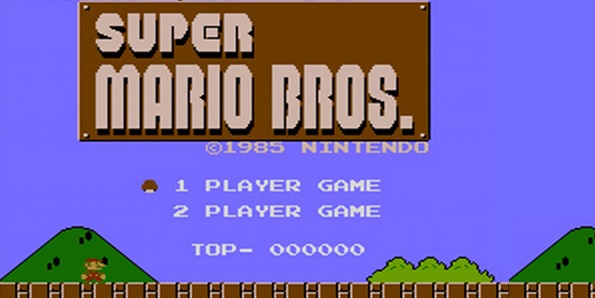
Thus, in order to facilitate the Newer Super Mario Bros. This makes it difficult-to-impossible to make any substantial custom levels with Reggie NSMBU. Unfortunately, however, there are no longer any complete tilesets left in the game for level designers to use: the objects for each theme are scattered across the levels that use them, unsorted. Wii level editor - tries to ignore the changes, and still uses the original paradigm. Reggie NSMBU - a direct port of the Reggie! New Super Mario Bros.


The underlying tileset file formats, however, were the same. U project.) Their workaround solution was to simply set up a script to compile a custom tileset for each level, containing only the objects it actually uses.** Removing objects not needed in each level allowed the level designers to cram more graphics in. (I ran into the same problem when building the very first custom tileset for the Newer Super Mario Bros. It seems that at some point during the game's development, the developers found it difficult to fit all of the fancy graphics they wanted into their tilesets. U's visual style involves large, showy graphics. Wii have used extremely similar tileset systems - in each, a level can specify up to four tilesets it wants to use,* and the first of these always contains basic objects such as brick blocks and orange semisolid platforms. All of the games since New Super Mario Bros. U, groups of similar objects (such as grassland objects, desert objects, cave objects, etc) were put into individual "tileset" files that levels could link to and use. Some history: In New Super Mario Bros.-series games prior to New Super Mario Bros. It is currently being used to make levels for the Newer Super Mario Bros. It handles tileset objects in an entirely new way that allows for never-before-seen flexibility in level design.

The Satoru Level Editor is a fork of Reggie NSMBU.


 0 kommentar(er)
0 kommentar(er)
